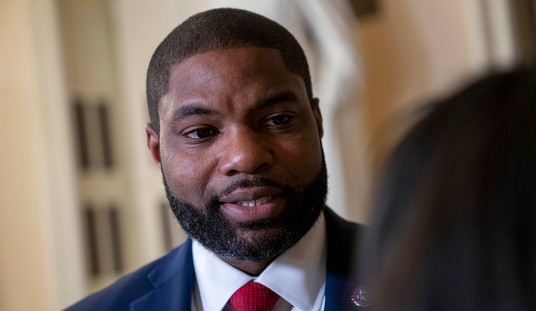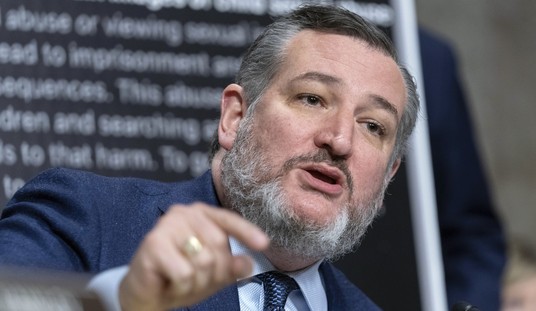If you were around in the late 1990s, you likely remember the rise of OxyContin being sold as a relatively safe prescription drug for pain that all your friends’ parents had in their medicine cabinet.
Turns out, the over-prescribing of OxyContin — and the misleading marketing related to its safety and relatively low addiction risk — were pretty serious gateways to the opioid crisis the nation is currently battling. (Forgive the source here, but the information is well-linked):
In 1996 Purdue Pharma introduced a new drug – a time-released formulation of oxycodone, an opioid painkiller. OyxContin, as the drug was called, was touted as having a low risk of addiction.
Purdue backed OxyContin with an aggressive marketing campaign. Key components of this effort were pain-management and speaker-training conferences in sunshine states such as California and Florida, attended by more than 5,000 physicians, nurses and pharmacists, many of whom were recruited to serve on Purdue’s speakers’ bureau.
The company also used a bonus system to incentivize its pharmaceutical representatives to increase OxyContin sales. The average bonus exceeded the representatives’ annual salaries.
Of course, Purdue was not alone in marketing its pain-relieving products in this way. The Oregon assistant attorney general, for example, described the practices of Insys Therapeutics in marketing its oral spray painkiller as “among the most unconscionable I’ve seen.”
Purdue Pharma, the maker of OxyContin, has just settled a huge lawsuit with the state of Oklahoma for their aggressive and misleading marketing of the opioid.
The Oklahoma settlement includes $102.5 million from Purdue to fund an addiction and treatment center at Oklahoma State University and $20 million worth of medicine. Purdue will also pay $12.5 million to be distributed to local cities and counties and up to $60 million to cover litigation costs.
…
In court filings, Oklahoma blamed Purdue and other drugmakers for helping spark an eightfold rise in drug overdose deaths from 1999 to 2012. The state had 823 fatal drug overdoses in 2015, it said in its June 2017 lawsuit. The state said it leads the nation in nonmedical use of painkillers, with nearly 5% of those aged 12 and above abusing or misusing the drugs.
OxyContin marketing isn’t the whole story, of course, but there’s plenty of evidence to suggest that prescription opioids led to addiction which in turn could have easily fueled the illicit drug trade as people sought cheap ways to feed that addiction. Which brings us to trafficking at the southern border of the United States and the menace of fentanyl and Mexican drug cartels. And yes, the border wall.
The crisis has reached such a scale that, beyond the risks it poses to public health, it is becoming a drag on the economy and a threat to national security. Analysts say the problem started with the overprescription of legal pain medications, such as oxycodone, but note that it has intensified in recent years with an influx of cheap heroin and synthetic opioids, such as fentanyl, supplied by foreign-based drug cartels.
In recent years, the U.S. government has ramped up efforts to cut both the foreign and domestic supply of opioids, limiting the number of prescriptions in the United States while providing counternarcotics assistance to countries including Mexico and China. Meanwhile, federal and state officials have attempted to reduce demand by focusing less on punishing drug users and more on treating them. Other countries where opioid use has also spiked, such as Canada and Australia, are experimenting with different policies.
The Oklahoma case is also targeting Johnson & Johnson and Teva Pharmaceutical Industries Ltd. in marketing lawsuits, and will hopefully continue to earmark settlement money for treatment of addiction to possibly allay deaths from addiction, of which there were more than 47,000 in 2016.
“What Oklahoma has managed to do is protect this money for opioid prevention and addiction treatment,” Andrew Kolodny, a Brandeis University researcher told the Wall Street Journal.














Join the conversation as a VIP Member